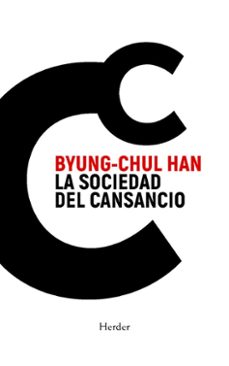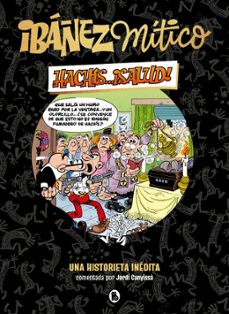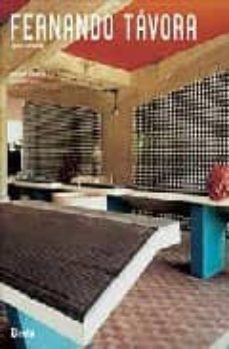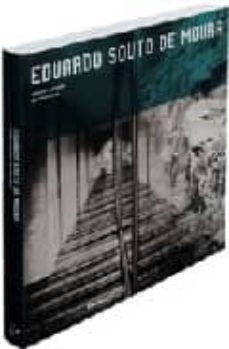Imprescindibles
Ficción
No Ficción
Ciencias y tecnología Biología Ciencias Ciencias naturales Divulgación científica Informática Ingeniería Matemáticas Medicina Salud y dietas Filología Biblioteconomía Estudios filológicos Estudios lingüísticos Estudios literarios Historia y crítica de la Literatura
Humanidades Autoayuda y espiritualidad Ciencias humanas Derecho Economía y Empresa Psicología y Pedagogía Filosofía Sociología Historia Arqueología Biografías Historia de España Historia Universal Historia por países
Infantil
Juvenil
#Jóvenes lectores Narrativa juvenil Clásicos adaptados Libros Wattpad Libros Booktok Libros de influencers Libros de Youtubers Libros Spicy Juveniles Libros LGTBIQ+ Temas sociales Libros ciencia ficción Libros de acción y aventura Cómic y manga juvenil Cómic juvenil Manga Shonen Manga Shojo Autores destacados Jennifer L. Armentrout Eloy Moreno Nerea Llanes Hannah Nicole Maehrer
Libros de fantasía Cozy Fantasy Dark academia Hadas y Fae Romantasy Royal Fantasy Urban Fantasy Vampiros y hombres lobo Otros Misterio y terror Cozy mistery Policiaca Spooky Terror Thriller y suspense Otros
Libros románticos y de amor Dark Romance Clean Romance Cowboy Romance Mafia y amor Romance dramatico Romcom libros Sport Romance Otros Clichés Enemies to Lovers Friends to Lovers Hermanastros Slow Burn Fake Dating Triángulo amoroso
Cómic y manga
Novela gráfica Novela gráfica americana Novela gráfica europea Novela gráfica de otros países Personajes, series y sagas Series y sagas Star Wars Superhéroes Cómics DC Cómics Marvel Cómics otros superhéroes Cómics Valiant
eBooks
Literatura Contemporánea Narrativa fantástica Novela de ciencia ficción Novela de terror Novela histórica Novela negra Novela romántica y erótica Juvenil Más de 13 años Más de 15 años Infantil eBooks infantiles
Humanidades Autoayuda y espiritualidad Ciencias humanas Economía y Empresa Psicología y Pedagogía Filosofía Historia Historia de España Historia Universal Arte Cine Música Historia del arte
Ciencia y tecnología Ciencias naturales Divulgación científica Medicina Salud y dietas Filología Estudios lingüísticos Estudios literarios Historia y crítica de la Literatura Estilo de vida Cocina Guías de viaje Ocio y deportes
GIOVANNI LEONI
Recibe novedades de GIOVANNI LEONI directamente en tu email
Filtros
Del 1 al 3 de 3
ELECTA SPA 9781904313236
Among contemporary Portuguese architects there is a large group whose members, while trained or influenced by Alvaro Siza, have embarked on an independent line of common research; one of these is Eduardo Souto de Moura (b.1952). This monograph presents the designer who has combined great attention to the `principle of settlement` with a respect for local architecture, expressed through the use of natural materials. Souto de Moura transforms the figurative elements of classical architecture using a modern sensibility. A minimalist approach and the discreet use of local materials are the essential components of his activity. Among his best known projects: the Municipal Market in Braga (1980-84), the cultural centre for the S.E.C. at Oporto (1981-91), houses at Miramar (1987-91) and Alcanena (1987-92), the patio houses at Matosinhos (1993-99) and the Portuguese pavilion at the Hannover Expo 2000 with Siza (1999). Essays by the authors, along with an interview with Siza, Francisco Tàvora, and Souto de Moura himself, introduce the architect`s work.
Ver más
Tapa dura
REVISTA INTERNAZIONALE D´ARTE E CUL 9788837020453
Il volume documenta la complessità dell'opera architettonica di Távora dagli anni cinquanta a oggi mediante un percorso che incrocia i luoghi e le città oggetto del suo lavoro: Porto, Aveiro, Guimaraes, Viana do Castelo, Coimbra, Lisbona. Una nutrita antologia della critica, oltre a numerosi suoi scritti inediti, delineano la figura di Távora, che fu protagonista dello scontro tra tradizione e tendenza innovativa nel dibattito che attraversa lo sviluppo dell'architettura europea a partire dalla metà del Novecento. L'apparato iconografico del volume è arricchito dalle fotografie di Alessandra Chemollo e Fulvio Orsenigo realizzate appositamente per la monografia.
Ver más
Tapa dura
Del 1 al 3 de 3
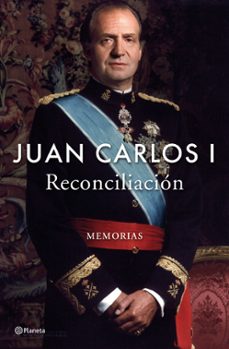
![harry potter y el cáliz de fuego (harry potter [ediciones ilustra das interactivas] 4)-j.k. rowling-9788419868497](https://imagessl7.casadellibro.com/a/l/s5/97/9788419868497.webp)




